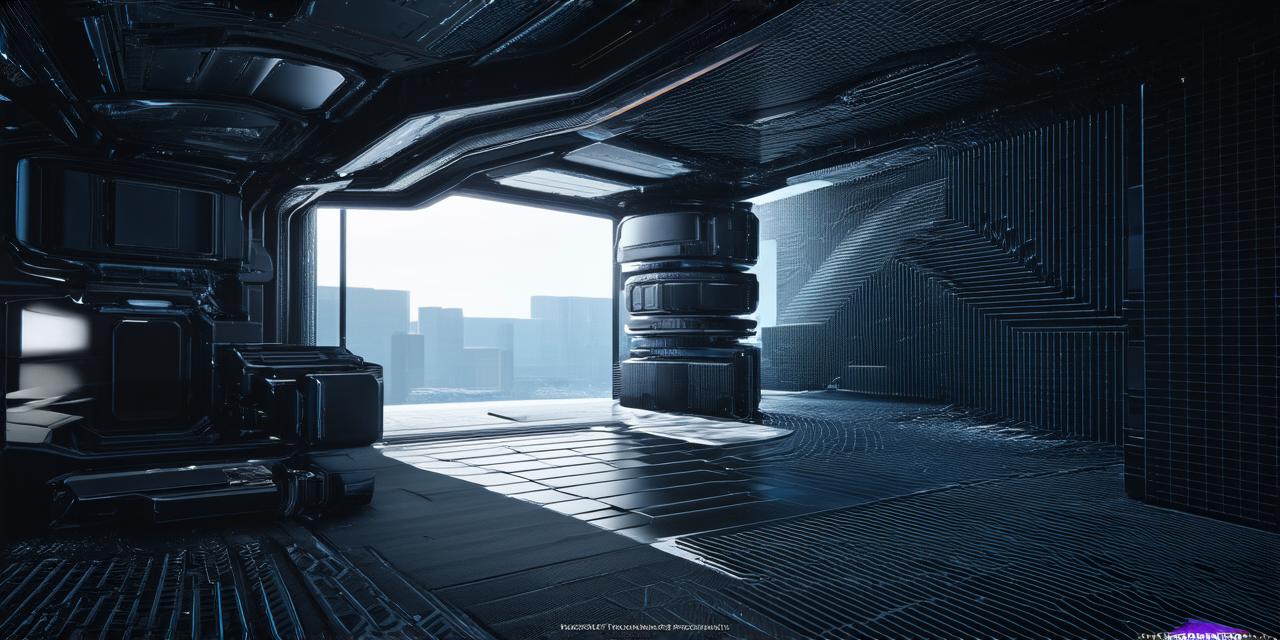Introduction to Virtual Reality Development
Virtual reality development involves creating immersive experiences that transport users into a simulated environment. This can be achieved using a variety of different technologies, including headsets, sensors, and motion controllers.
There are several key steps involved in virtual reality development:
-
Before you start coding, it’s important to have a clear idea of what you want your VR experience to achieve. This involves brainstorming ideas, creating storyboards, and determining the level of interaction required from the user.
-
Once you have a concept for your VR experience, you’ll need to design the environment and characters that will populate it. This includes choosing the appropriate 3D modeling software, texturing and lighting, and animating the characters.
-
With your design in place, it’s time to start coding. There are several programming languages used in VR development, including Unity, Unreal Engine, and C. You will also need to learn how to integrate sensors and motion controllers into your experience.
-
Once you have a working prototype of your VR experience, it’s important to test it thoroughly to ensure that it is bug-free and provides a smooth user experience. This may involve making adjustments to the code, tweaking the design, or changing the hardware setup.
Tools and Technologies for Virtual Reality Development
There are several tools and technologies you will need to get started with virtual reality development:
-
To create the environment and characters that will populate your VR experience, you’ll need a 3D modeling software like Blender or Maya. These programs allow you to create 3D models, texture them, and apply lighting effects.
-
There are several game engines available for virtual reality development, including Unity, Unreal Engine, and A-Frame. These engines provide a range of tools and features that make it easier to create and deploy VR experiences.
-
To track the user’s movements and provide a realistic experience, you will need sensors and motion controllers like the Oculus Rift or HTC Vive. These devices use cameras and sensors to track the user’s position and movement in real-time.
-
There are several development platforms available for virtual reality development, including Windows, Mac, and Linux. These platforms allow you to deploy your VR experience to a wide range of devices.
Summary
Virtual reality development is a complex and challenging field, but with the right tools and techniques, it’s possible to create immersive experiences that transport users into simulated environments. Whether you’re interested in game development, education, or training, virtual reality technology offers exciting new possibilities for creating interactive and engaging experiences. By following the steps outlined above and using the appropriate tools and technologies, you can get started on your own virtual reality development journey.
